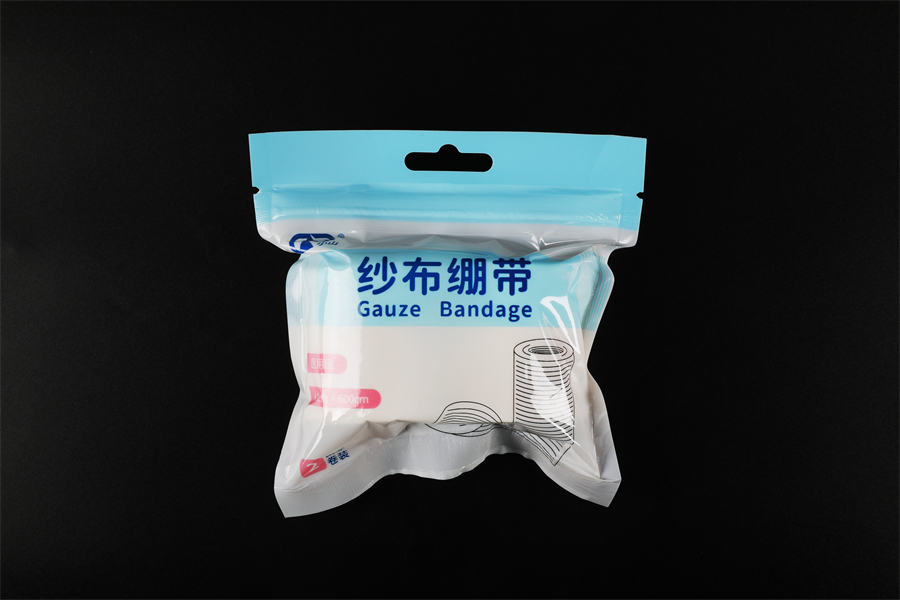Material selection: Choose fabrics with good breathability and strong moisture absorption, such as pure cotton or specific synthetic fibers. These materials can help keep the wound dry while allowing air to circulate, reducing the potential for bacterial growth.
Thickness control: Choose a gauze bandage roll of appropriate thickness according to the wound condition and bandaging needs. For wounds that require more protection, choose a slightly thicker bandage, while for wounds that require better breathability, choose a thinner bandage.
Structural design: The structural design of a gauze bandage roll can also affect breathability and thickness. For example, bandages with loose weaves or special hole designs can increase breathability while maintaining a certain thickness and strength.
Tips for use: When bandaging, be careful not to bandage too tightly to avoid restricting blood circulation and air circulation. Appropriate tightness can ensure that the gauze bandage roll can provide sufficient support without affecting breathability.

Frequency of replacement: Regular replacement of gauze bandage rolls is also an important measure to keep the wound environment clean and dry. According to the wound condition and doctor's advice, arrange the replacement time reasonably to avoid the decrease in breathability of the bandage caused by prolonged use.
Balancing the need for thickness and breathability of gauze bandage rolls requires a comprehensive consideration of materials, thickness, structural design, usage techniques, and replacement frequency. By properly selecting and using gauze bandage rolls, you can provide a safe and comfortable environment for the wound and promote wound healing.
For certain types of wounds or patient groups (such as children, the elderly, or those with sensitive skin), more individualized selection and use may be required based on their special needs. If necessary, it is recommended to seek advice from a professional doctor or pharmacist.

 English
English 中文简体
中文简体








